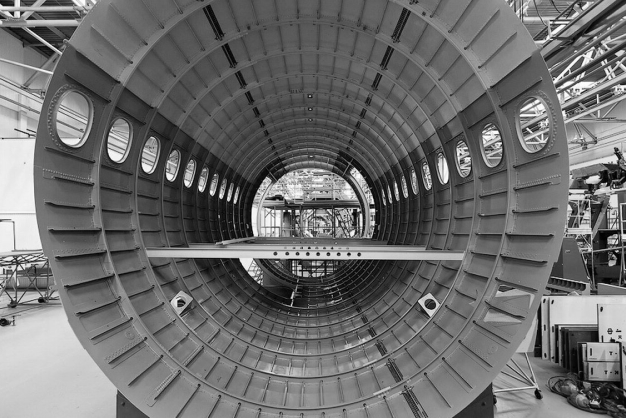Aviation aluminum: composition and scope of application
Aviation has always been associated with advanced technologies and innovations. One of the key materials that allowed mankind to reach new heights in the aircraft industry was aviation aluminum, or as it is often called - aviation. This material combines the lightness and strength necessary for flying.
What is an airline?
Avial is an aluminum alloy with the addition of other elements such as magnesium, manganese, silicon, zinc and others. These additives significantly improve the physical properties of aluminum, making it more durable, resistant to corrosion and able to withstand extreme temperatures. An important feature of the aircraft is its ability to plastic deformation, which makes it possible to create complex shaped parts from it, which are necessary in the aircraft industry.
The history of aviation aluminum alloys began in 1909, when the German metallurgist Alfred Wilm discovered that adding a small amount of copper, manganese and magnesium to aluminum and subsequent processing of the alloy (quenching at 500 C and cooling, followed by exposure at 20-25 C for 4-5 days) significantly increase its hardness and strength, while maintaining This is flexibility. This process is called "aging". During quenching, copper atoms, which are smaller in size than aluminum atoms, fill the spaces between the grains, creating a compressive stress, which increases the strength of the alloy. The first plant that started the production of this alloy was the German Dürener Metallwerken, and the alloy was named "duralumin". Later, American scientists R. Archer and V. Jafris refined the composition, changing the magnesium content, and obtained an alloy called 2024, which is still used in various fields, and the entire group of such alloys was named "Avial".
Where is it used
Aviation aluminum is widely used in the production of various types of aircraft - from light aircraft to huge passenger liners and military fighters. It is used as the main material for the manufacture of the fuselage, wings, tail and other supporting elements of the aircraft. Due to its unique properties, avial allows you to reduce the weight of the structure, increase load capacity and fuel efficiency, as well as increase overall reliability and flight safety.
In addition, aviation aluminum is widely used in the manufacture of helicopters, unmanned aerial vehicles, rockets and spacecraft. Its application is not limited only to aviation and the aerospace industry. Avial finds its application in the automotive industry, shipbuilding, construction and many other areas where lightweight but durable materials are required.
Aviation aluminum continues to develop and improve. Modern technologies make it possible to create new alloys with improved characteristics, opening up new horizons for engineers and designers. Experiments with the percentage of various elements, the development of new methods of processing and coating aviation allow us to achieve even greater strength, corrosion resistance and durability of the material.

